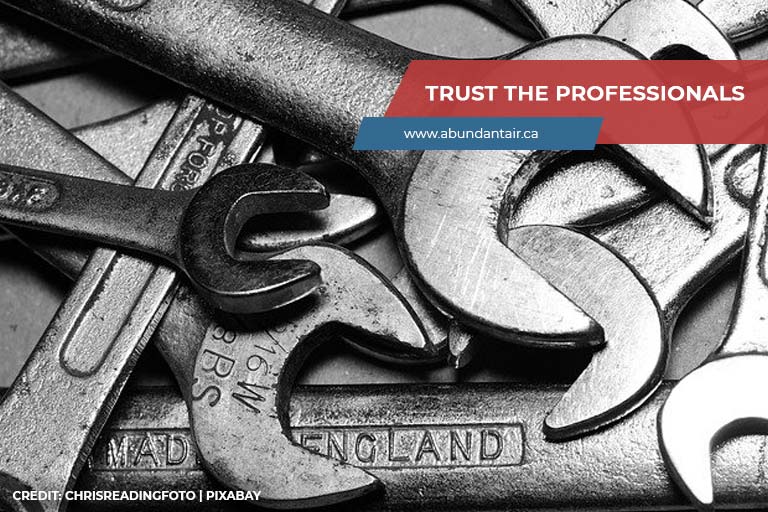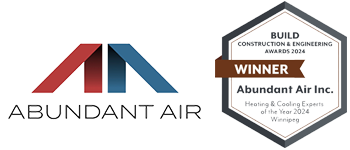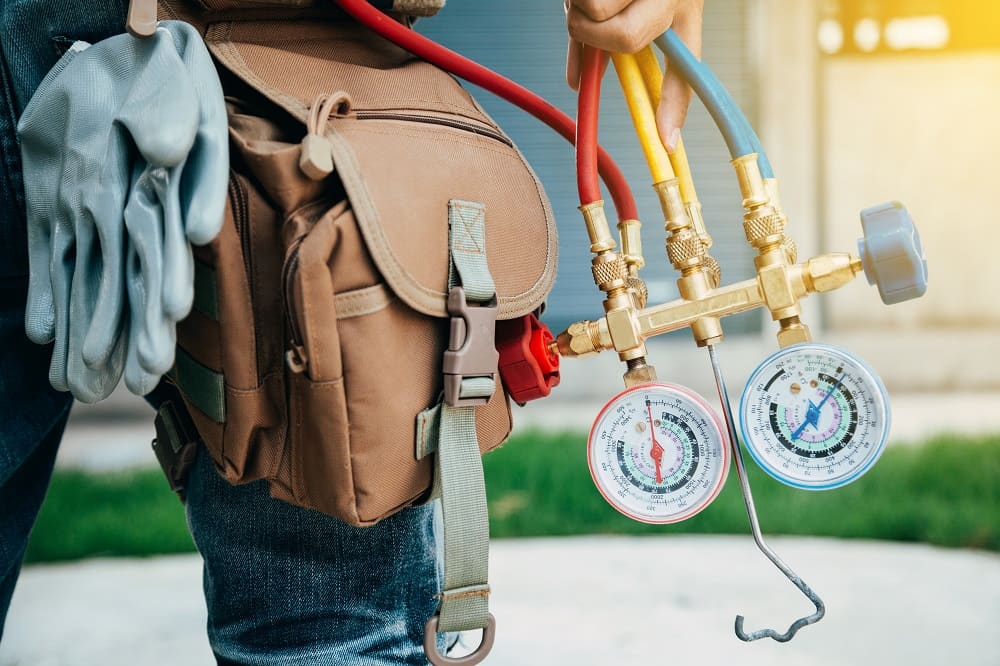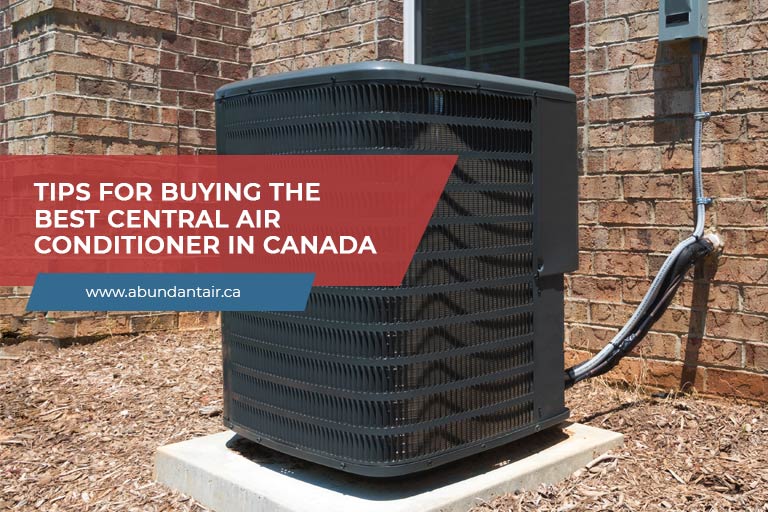Do you love staying huddled up in the warmth of your house during the frigid winter months? Your furnace serves to keep heat circulating in your house, protecting from the harsh cold outside. Like all machinery, they will eventually fail to work properly after a certain period of time. To avoid finding yourself without heat during cold times of the year, it’s important to make sure your furnace is properly cleaned and maintained. Here are five furnace maintenance tips to help you ensure that your furnace remains in tip-top shape:
Is Furnace Cleaning Necessary?
Cleaning your furnace regularly can help increase its longevity and enable it to operate a maximum energy efficiency. Additionally, it can save you the time and money that you might have had to invest in addressing any technical problems that could’ve arisen if you had neglected this task, protecting you from the inconvenience and possible danger of not having heat during the cold winter months. It’s important to make sure you know how to clean it properly and keep it in the best possible shape.
How Often Should You Maintain a Furnace?
You should maintain your furnace annually, before the onset of cold weather. Additionally, it’s wise to perform a brief cleaning in the spring to vacuum up dust and soot. The furnace filter, however, should be cleaned or changed more often. The specific time frame for this depends on the use, type of filter, and whether or not there are pets in the home:
- Basic fibreglass and paper furnace filters normally must be replaced every 1 to 2 months during the heating season.
- HEPA and Electrostatic filters should be changed or cleaned every 2-4 months.
- If you have furry pets or smokers in your home, you may need to change the filters more often to trap dust, dirt, and airborne particulates.
Furnace Maintenance Checklist

Wondering how to do furnace maintenance? Here are 5 tips to add to your checklist:
Take the Necessary Precautions
Though most common furnace maintenance is relatively easy, you should take several precautions before you start:
- Remember to turn off the electrical and fuel supply before starting any furnace-related project.
- Keep a variety of tools and spare parts, and other items nearby — foil tape, a vacuum cleaner, a flathead screwdriver, a Phillips head screwdriver, a cleaning cloth, a furnace filter, replacement oil, and lubricating oil.
Clean out the Combustion Chamber
First, cut the electrical power by toggling the on-off switch on the unit. Then cut off the fuel supply to the furnace. Find the fuel shutoff valve, which should be near the oil tank or incoming gas pipe depending on whether your fuel source is oil or gas. Then remove the combustion chamber door and vacuum the interior. Check the chamber for holes created by combustion and cover any you find with foil tape. Also, make sure nothing like shrubs or debris is blocking the outdoor vent.
Clear the Blower Compartment of Debris
Lift the door to the blower compartment and vacuum the inside thoroughly. Just like with the combustion chamber, check here, and the exhaust fule, or holes and cover any with foil tape before replacing the door. Inspect all the ductwork, including the return air ducts, and patch any holes. Your ducts should be fastened together securely, and vents should be clear of dust and debris. Vacuum and dust your house on a routine basis to keep dirt out of air ducts.
Clean the Furnace Filter
The purpose of furnace filters is to trap dust, dirt, and airborne particles before they can enter the furnace and potentially damage its components. However, a clogged and dirty filter makes it more difficult for the furnace to operate properly. During the fall and winter months, clean (or replace, if it can’t be cleaned) the furnace filter every 1 to 3 months. Since modern homes are so tightly sealed, most air inside circulates through the heating, ventilation, and air conditioning (HVAC) system. Thus, it’s generally worth it to pay more for a furnace filter that protects the appliance itself while also improving air quality by trapping bacteria, pollen, mildew, and mould spores. If you have an oil-fired furnace, replace the oil filter annually in addition to the air filter.
Oil the Motor Bearings
If your furnace has 2 motor bearings and 2 blower-shaft bearings, oil both sets at least annually. Wipe the caps over the bearings with a clean cloth, before removing them and apply several lightweight machine oil to each bearing. Just be careful not to over-lubricate! Finally, restore the caps to their original positions.
Should I Get My Furnace Serviced?

Certain tasks may be difficult for homeowners to handle on their own. In these instances, you may want to get your furnace serviced by a professional. Here are some cases in which you should hire an HVAC service for assistance:
- Excessive soot: If you notice the accumulation of a large amount of soot while cleaning the combustion chamber, this is most likely a sign that the burners need adjustment or that the heat exchanger needs to be replaced. Call a professional to determine the problem and make necessary repairs.
- Irregular flame: If the pilot light flame is faint, irregular, or blue rather than yellow, it could be an indication of dirty burners or a cracked heat exchanger. Hire a pro, as there are too many hazards involved for you to do it yourself.
- Short cycling: If your furnace is running for only short periods before shutting off suddenly, this is known as “short cycling.” This could be caused by a thermostat that isn’t working properly or an overheating exchanger. Again, hire a professional to diagnose and fix the problem.
Looking to hire a professional service as a part of your furnace maintenance plan? Abundant Air is the business for you! If you’d like to know more information about our services, contact us at +1 (204) 674-4568.






One thought on “5 Furnace Maintenance Tips”
Comments are closed.